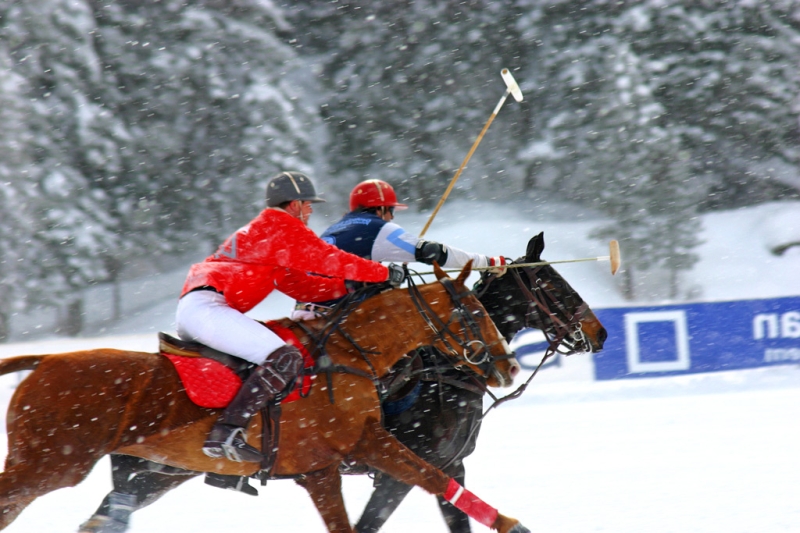
Snow is not a reason to give up your favorite sport if it is considered a summer sport. On the contrary, winter is the time to reconsider your habits and do something new and unusual. What, we tell you below.
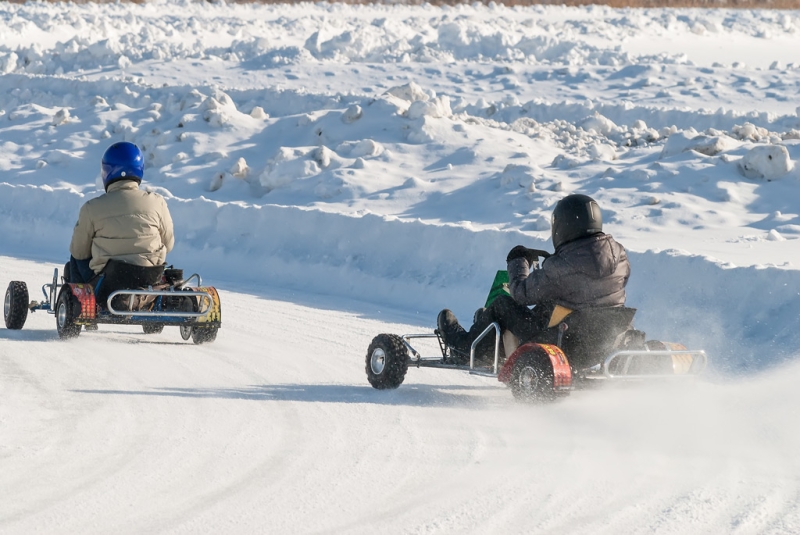
1. Icekarting
Ice racing on karts – in other words, ice karting – only looks frighteningly extreme. This sport is considered close to cycling in terms of safety. Therefore, even teenagers are allowed to participate in the races. If their height, of course, is above 140 cm, and they wear a helmet on their head. Competitors compete in speed or in the filigree execution of various types of turns. Unlike regular karting, the track of which requires serious preparation, ice racing can take place on almost any frozen body of water – this probably explains the great popularity of this sport in Finland.
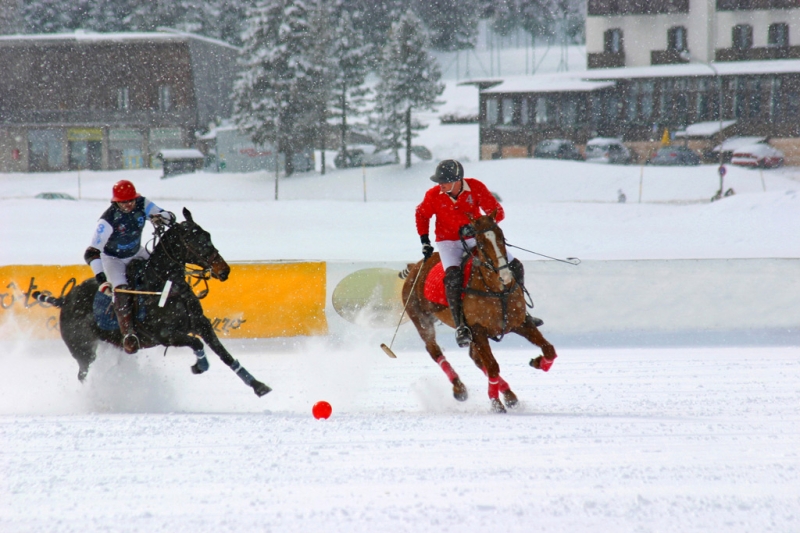
2. Winter equestrian polo
Like any sport that involves horses, winter equestrian polo is, to say the least, beautiful. However, they say that horses are not only involved, they are sometimes as passionate about the game as a person. And the ball that hits the goal from a horse’s hoof is counted. The only difference between winter equestrian polo and regular polo is the color and size of the ball. It is brighter and larger. The most popular winter equestrian polo competitions take place in Kitzbühel, Megeve, Aspen, and Cortina D’Ampezzo. And the most important tournament is held annually in Switzerland, on the ice of Lake St. Moritz.
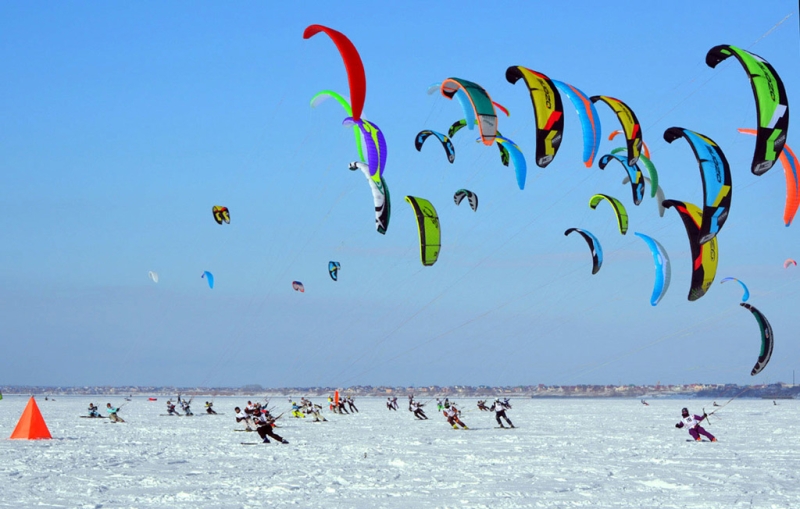
3. Snowkiting
The founder of snowkiting is considered to be Dieter Strazilla, who was the first to combine skis and a kite in the 1970s,
which works in this combination as a tractor. A modern kite is a one and a half kilogram mini parachute, which is controlled using 4-5 lines up to 30 meters long. Snowkiters compete in several disciplines: freeride,
flights (soaring with a kite),
races (long and difficult distance races). Snowkiting came to Russia in 1997, but is quickly gaining popularity among extreme sports enthusiasts. Competitions are held in Tolyatti at the Zhigulevskoe Sea festival of active recreation, near Nizhny Novgorod, in the Murmansk region and other regions.
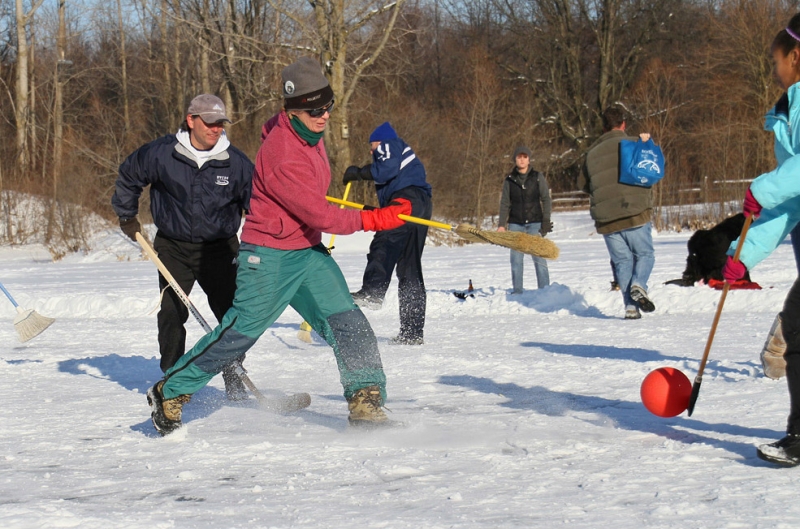
4. Broomball
If we take into account what exactly is used as sports equipment when playing broomball, then this activity should be called, rather, not a sport, but entertainment. Broomball is a team game similar to hockey. However, the participants go out on the ice not in skates, but in special shoes, and use brooms instead of sticks.
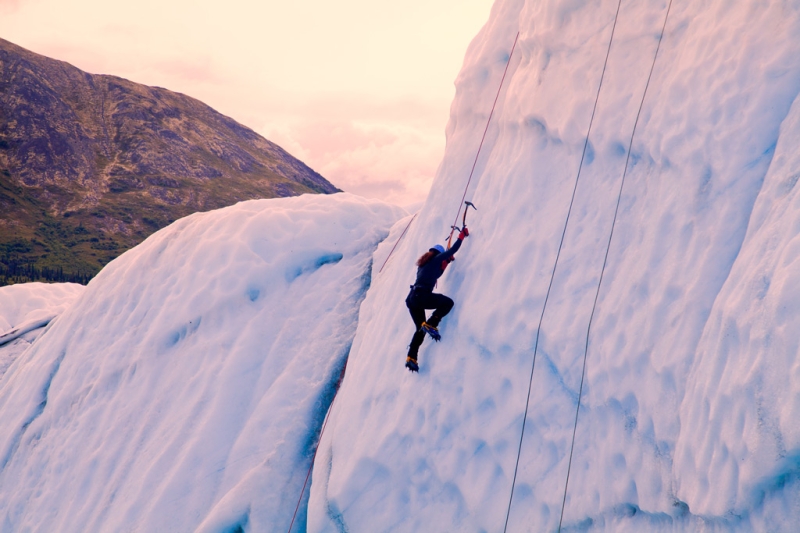
5. Ice climbing
Rock climbing has never been for the weak, and ice climbing—climbing steep, icy slopes—requires even more strength, courage, and extra concentration. Blocks of ice, no matter how huge they are, only seem durable. The most favorite routes for ice climbers and ice climbers are frozen waterfalls. In our country – for example, in the North Caucasus and Crimea.
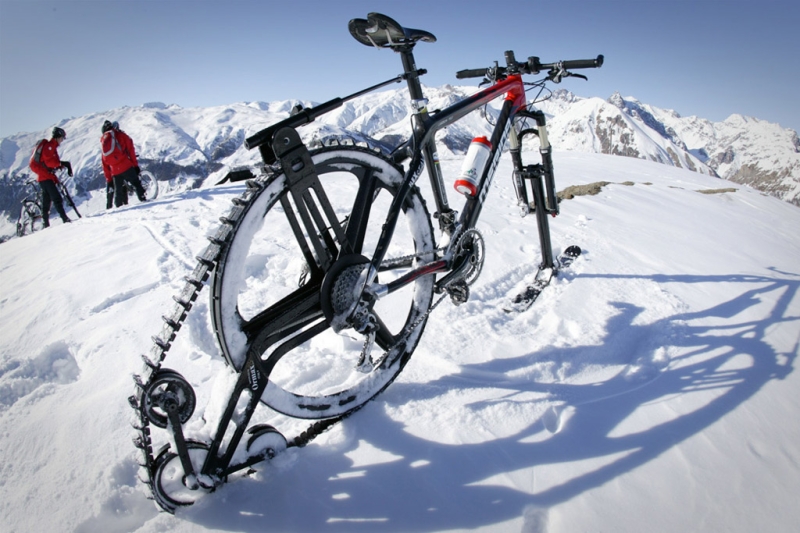
6. Riding a ski bike
If you think that the only way to get around in any weather is by bicycle, then the option of a ski bike for the winter is just for you. Everything is as usual – a frame, handlebars, a saddle, a wheel or a structure of several wheels in the back, and a ski in front. The unit is driven by caterpillar traction. They say that you can not only drive on snowy roads, but also overcome snow-covered hills.
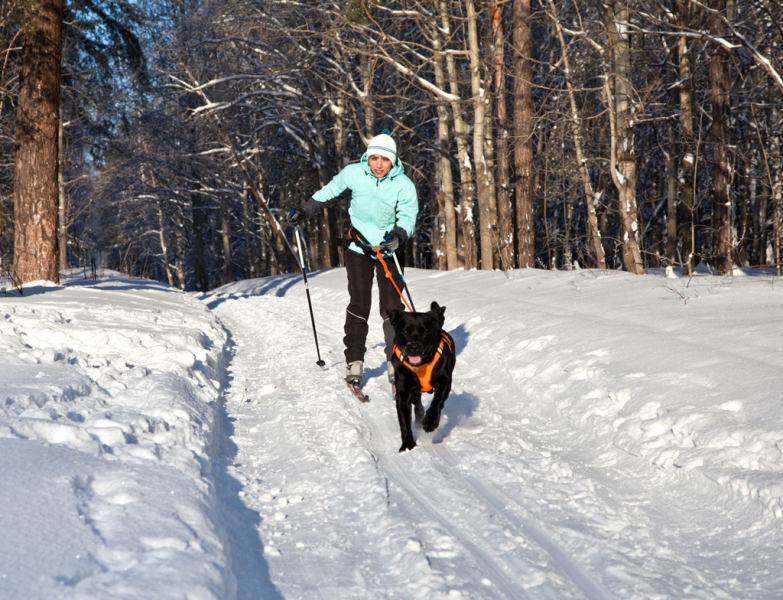
7. Skijoring
If you attach not a sled, but a skier, to the back of a sled with sled dogs, you get skijoring. The skier-racer is secured with a special shock-absorbing cord to one or two dogs and moves in a free style. In this case, the athlete does not walk in tow, but moves with the help of sticks – the dogs set the speed. Sled racing in general and skijoring in particular are popular in all northern countries of the world, including Russia. Competitions are held not only in the regions traditional for this type of movement – in Chukotka or Kamchatka – but even in the Leningrad region and the Moscow region. If only there was snow. Sometimes snowjoring is also called competition when a skier is attached not to dogs, but to a deer, a horse with a rider or a snowmobile.
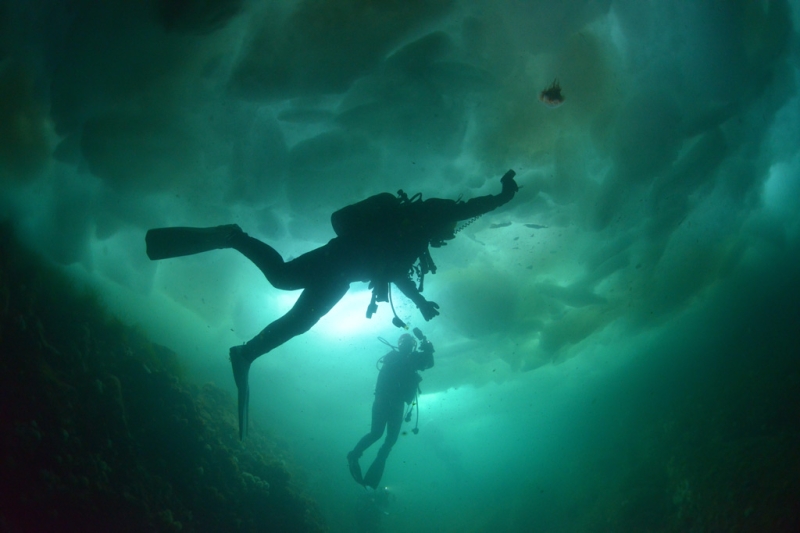
8. Ice diving
Perhaps Baikal can be considered the most beautiful place for ice diving. In January, the ice thickness on the lake is only 10-20 centimeters, and the thickest (up to 120 centimeters) and transparent ice is in March. However, Baikal never freezes completely: ice does not form at the source of the Angara. Ice diving requires serious preparation. But those who dare to explore it discover pictures of unprecedented beauty: icy, mirror-like hummocks form underwater labyrinths in which algae, fish and mammals live. A meeting with a seal is also possible – be prepared.

